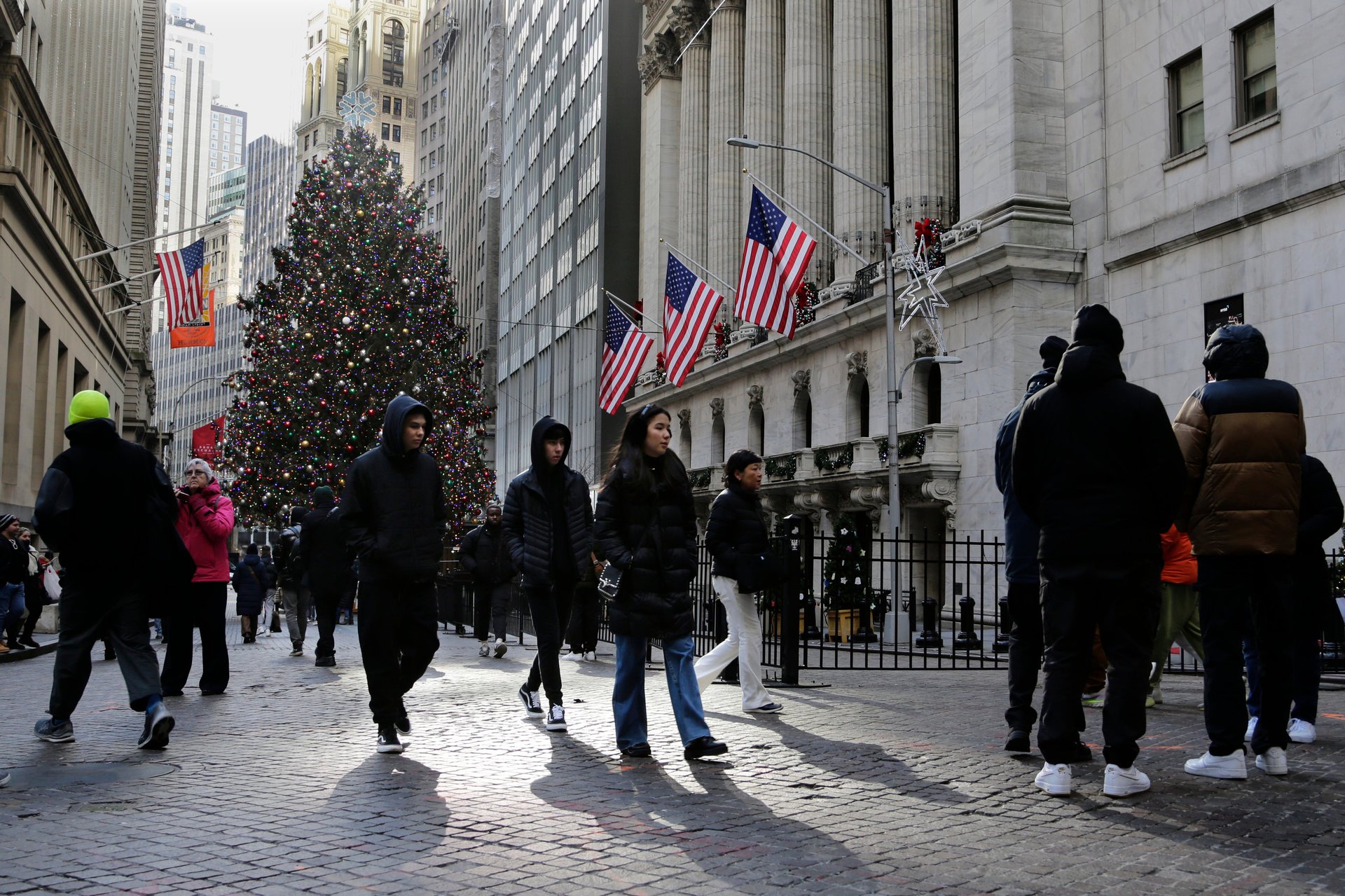Wall Street's hopes for rate cuts may be too optimistic, like they've been so many times before
Even when everyone agrees the interest-rate cuts that Wall Street craves so much are coming, there’s still room for potential disappointment

NEW YORK (AP) — Even when everyone agrees the interest-rate cuts that Wall Street craves so much are coming, there’s still room for potential disappointment.
Suggested Reading
Since the Federal Reserve hinted last month its drastic rate hikes to get inflation under control may be done, bets have built on how much the Fed will lower its main interest rate in 2024. Inflation has eased back to 3.1% at the consumer level, down from its peak above 9%. That will hopefully give the Fed freedom to take it easier on rates.
Related Content
Cuts to rates can supercharge financial markets, and stock and bond prices have already jumped in anticipation of such moves. The S&P 500 closed 2023 with a ninth straight winning week, for example. That’s its longest such streak since January 2004.
As it stands, traders on Wall Street are forecasting a nearly three-in-four chance the Fed will cut its main interest rate by at least 1.50 percentage points through the year, according to data from CME Group. That would take it down from its current perch, sitting in a range of 5.25% to 5.50%, which is its highest since 2001.
But for much of the past two years, almost since the Fed began its harshest rate-hike campaign in decades, Wall Street has been quick to forecast an approaching easing of rates, only to be disappointed by false peaks as inflation proved to be stronger and more stubborn than expected.
Investors “have repeatedly priced in aggressive rate cuts just to walk them back,” according to Jean Boivin and other strategists at BlackRock Investment Institute. “All this shows markets may extrapolate a lot from one piece of data or central bank comment.”
Inflation has of course retreated and is nearing the Fed’s target of 2%. But it’s still to be determined whether inflation will continue a steady, downward trend.
That raises the risk that the market may once again be overzealous in trying to front-run the Fed. Fed officials themselves see only half as many cuts to rates happening in 2024 as Wall Street does, based on the median projection of officials as of December.
Of course, no one has a perfect track record on this. Not even the Fed. Policy makers at the central bank famously dismissed rising inflation in 2021 as “transitory.” It proved to be anything but.
Coming into last year, the median Fed official was forecasting the federal funds rate would end 2023 at 5.1%. It ended up being a quarter of a percentage point higher than that.
Some on Wall Street see even deeper cuts to rates in 2024 than many traders are forecasting. But that's because they still see a recession swamping the economy. Even sharper-than-expected cuts to rates may not be a good thing for investors, though. A recession would mean a hit to corporate profits, which would be a drag on stocks and something that an S&P 500 at nearly records levels indicates traders aren't ready for.